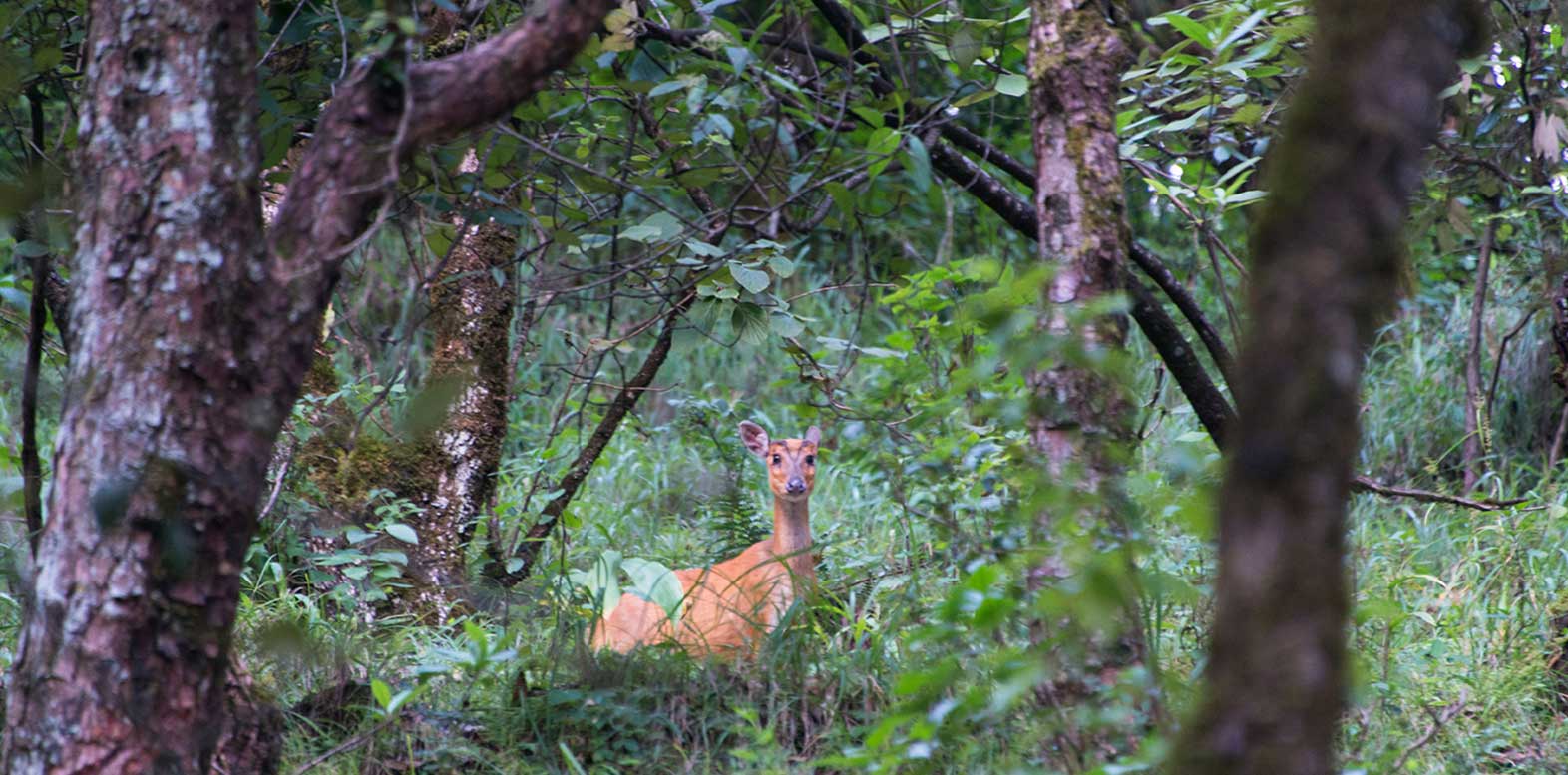
Explore
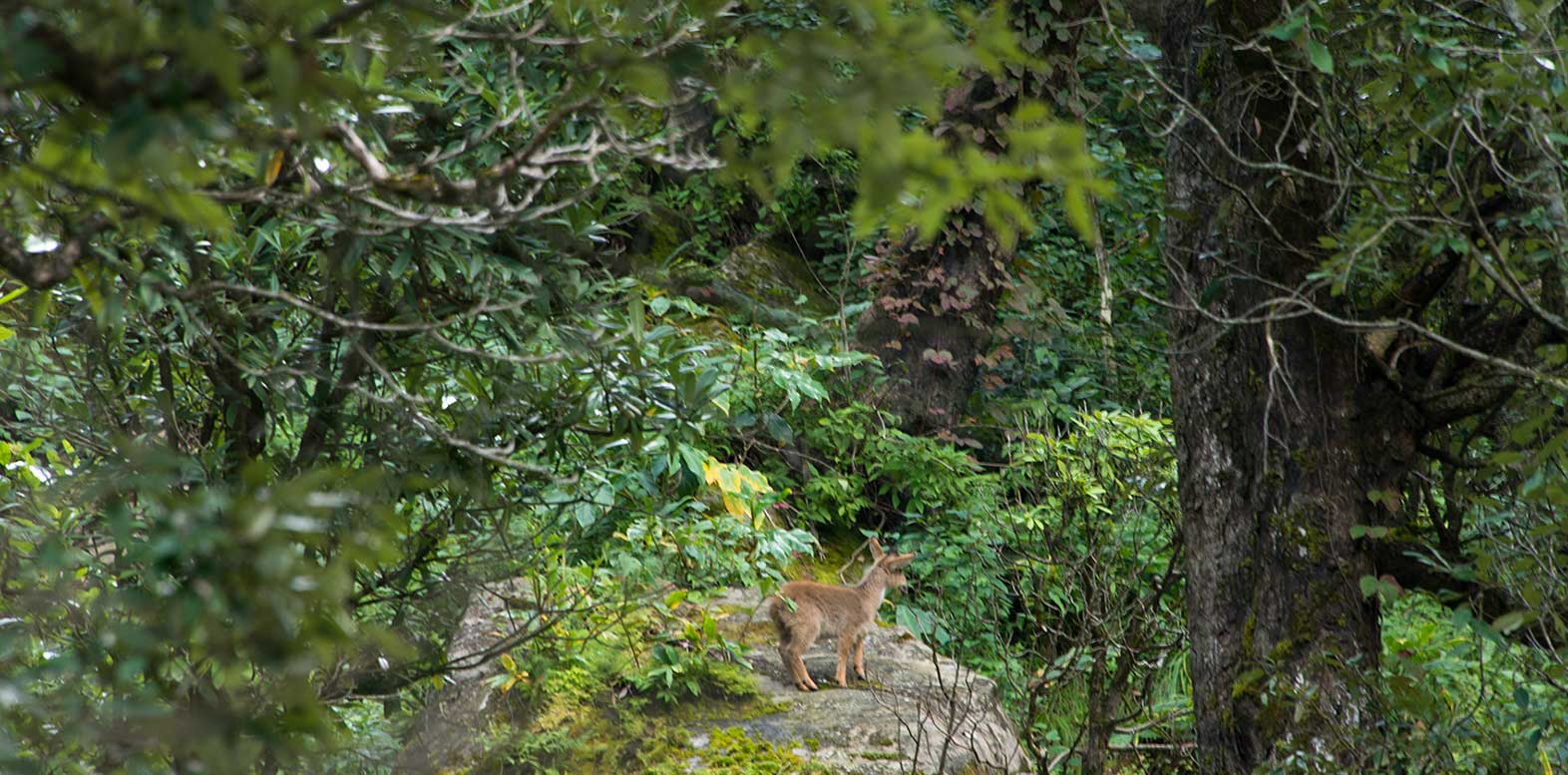
Explore
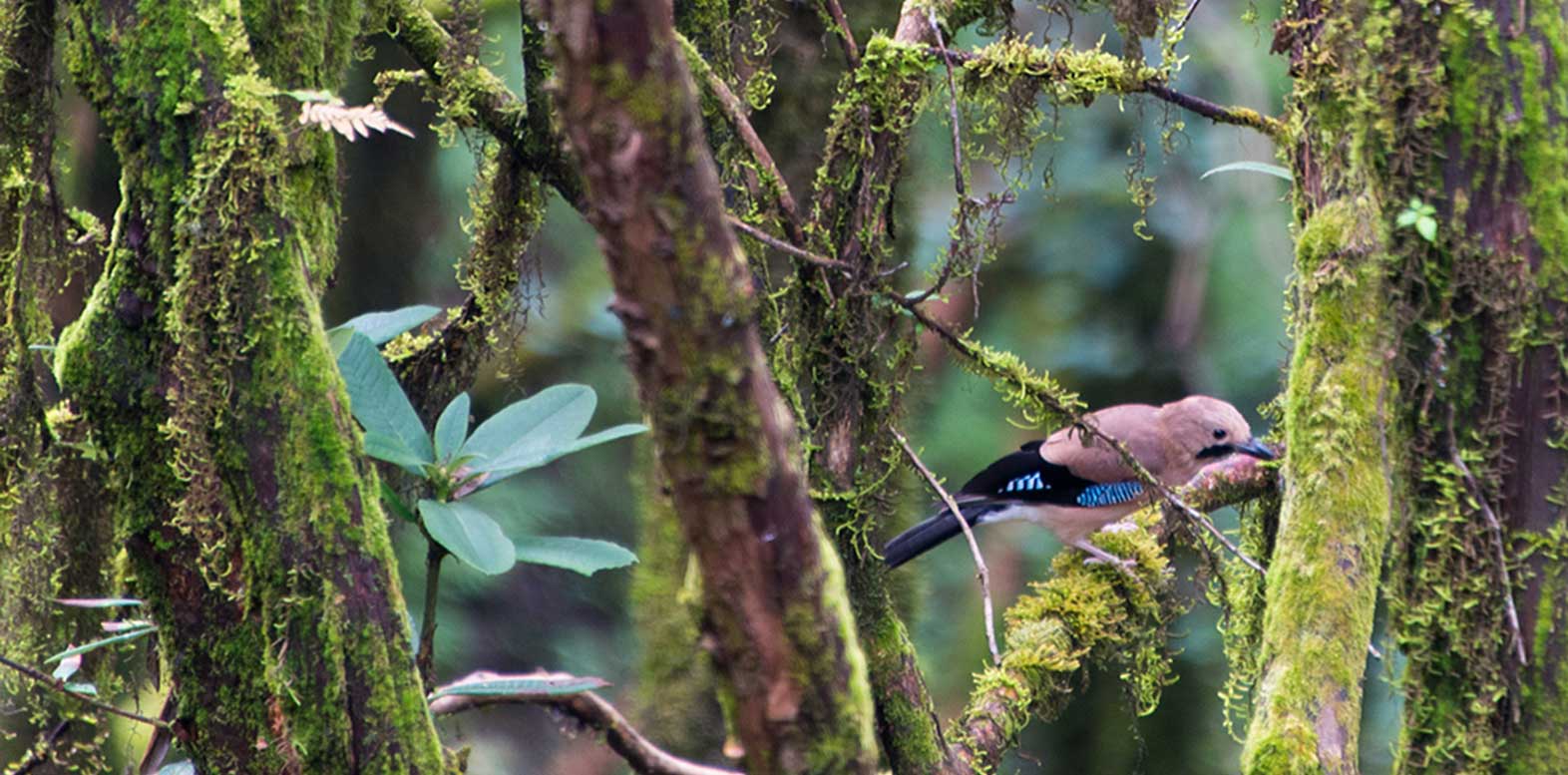
Explore
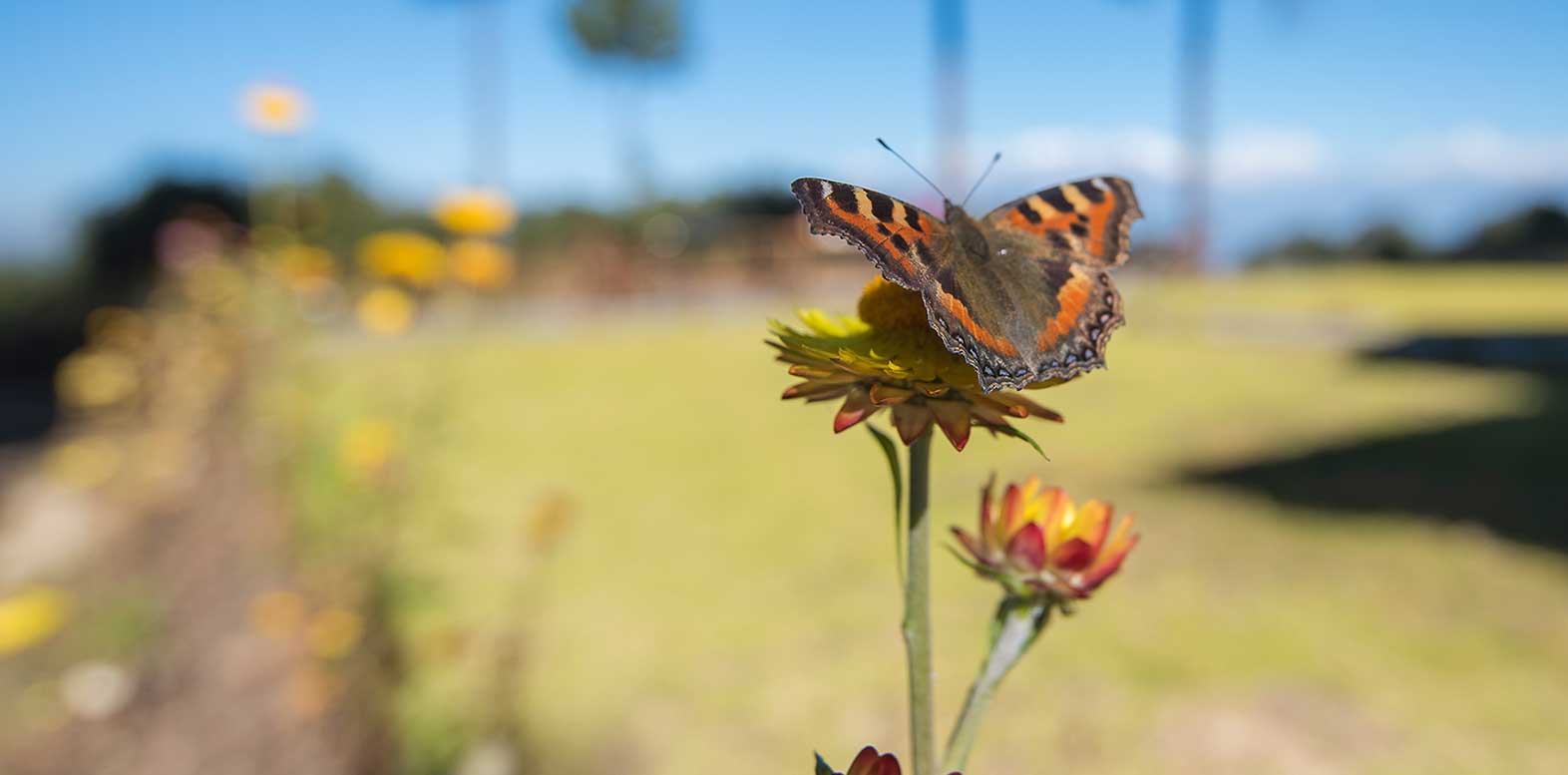
Explore
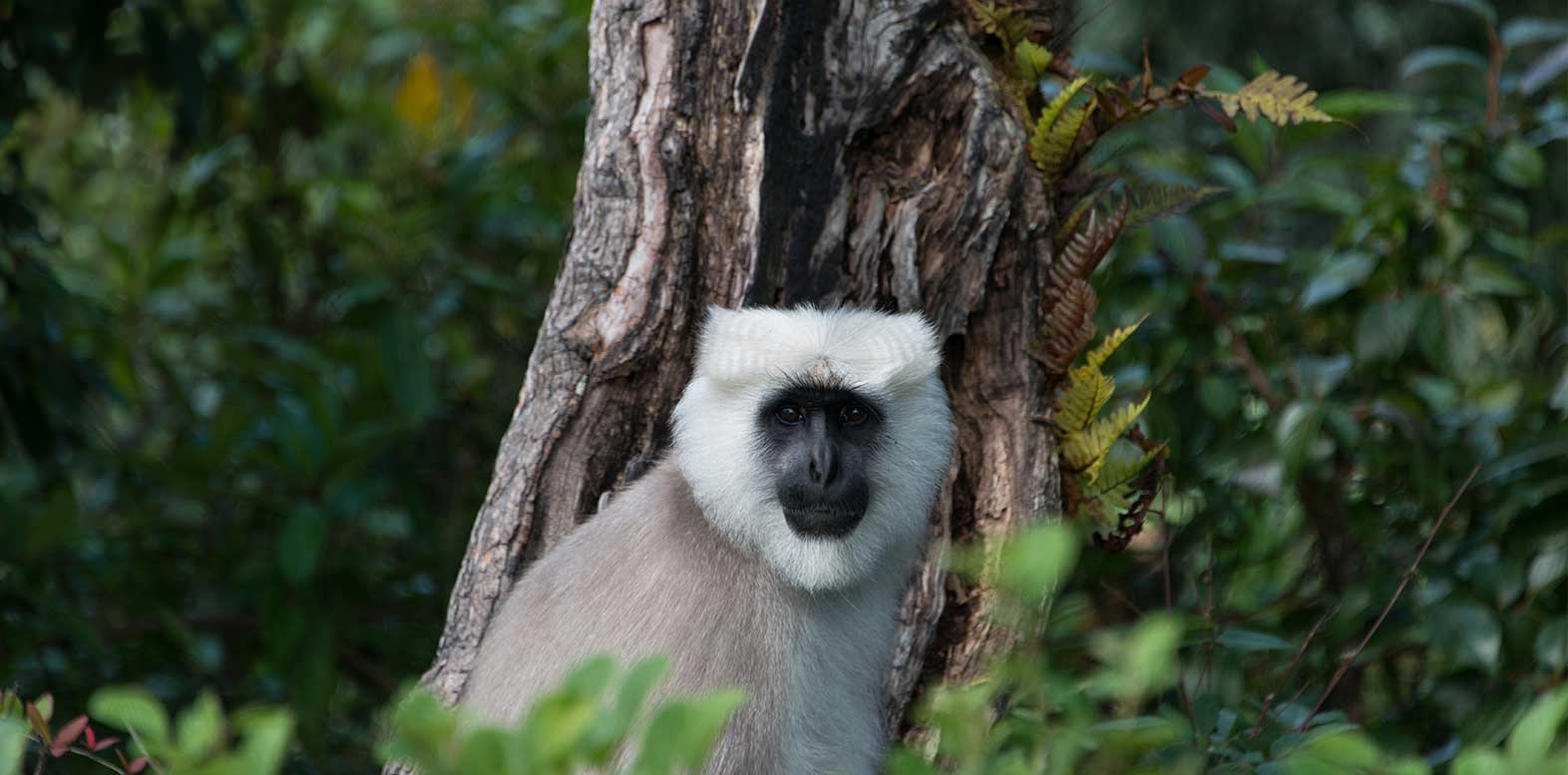
Explore
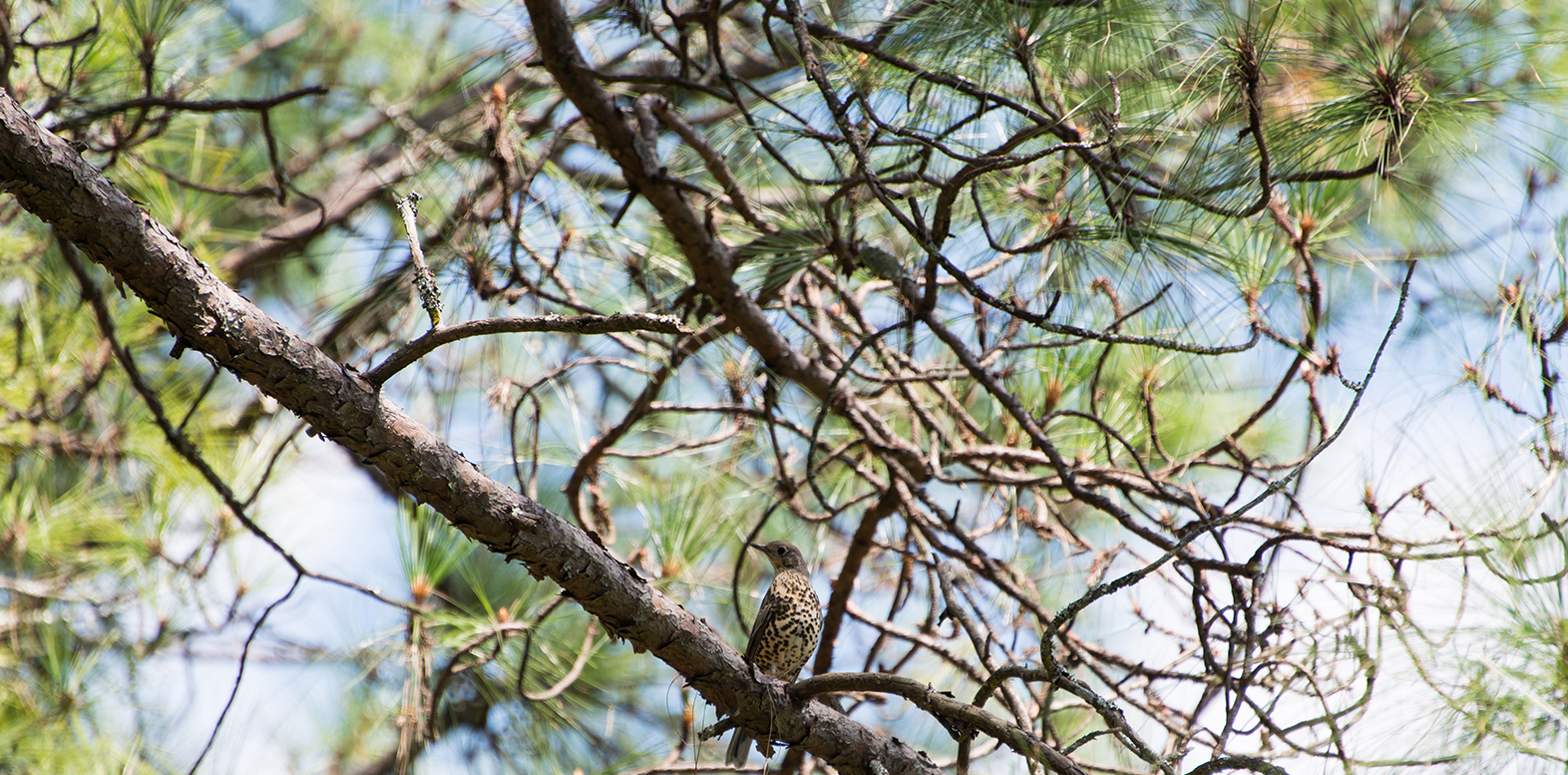
Explore
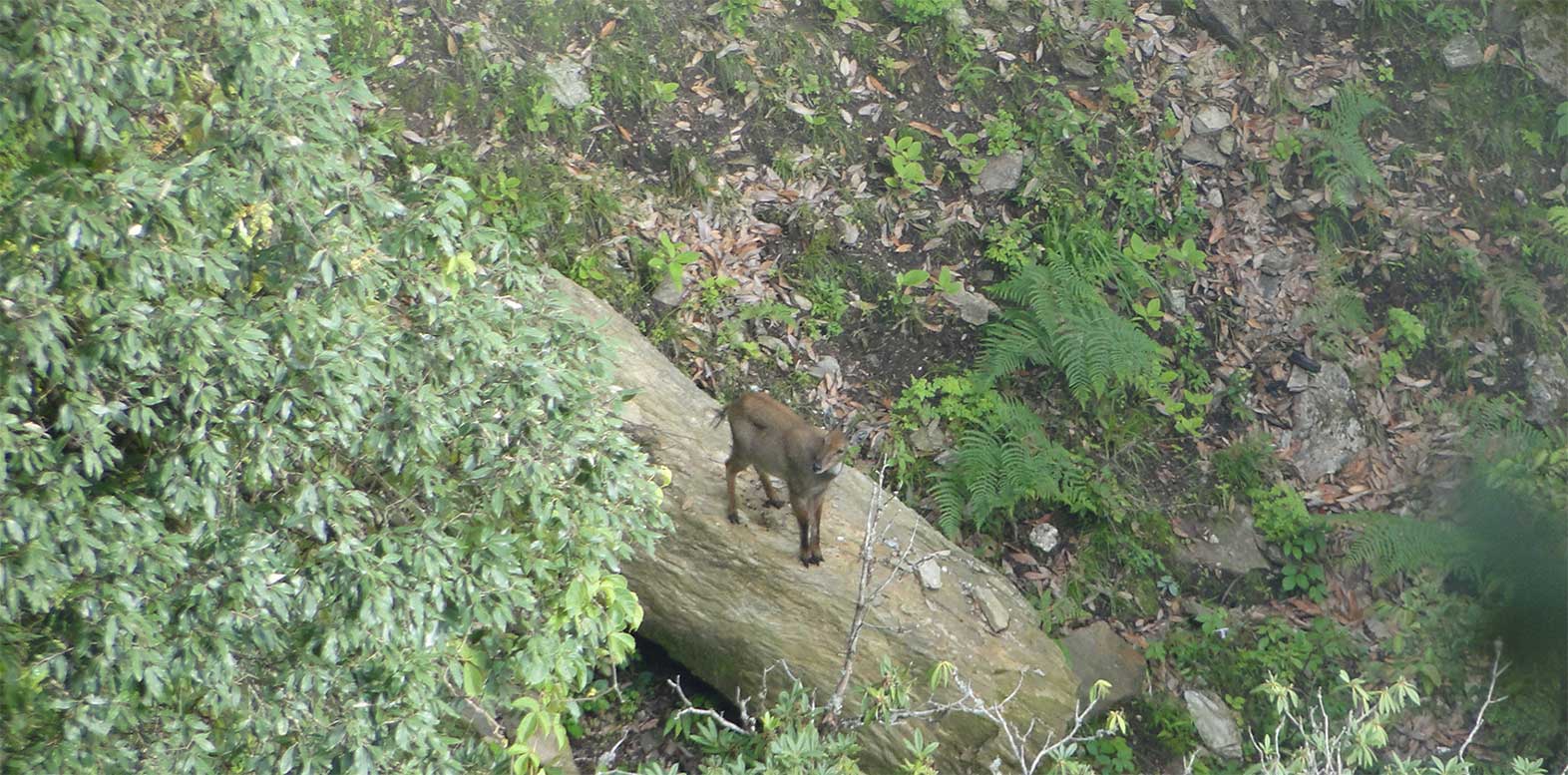
Explore
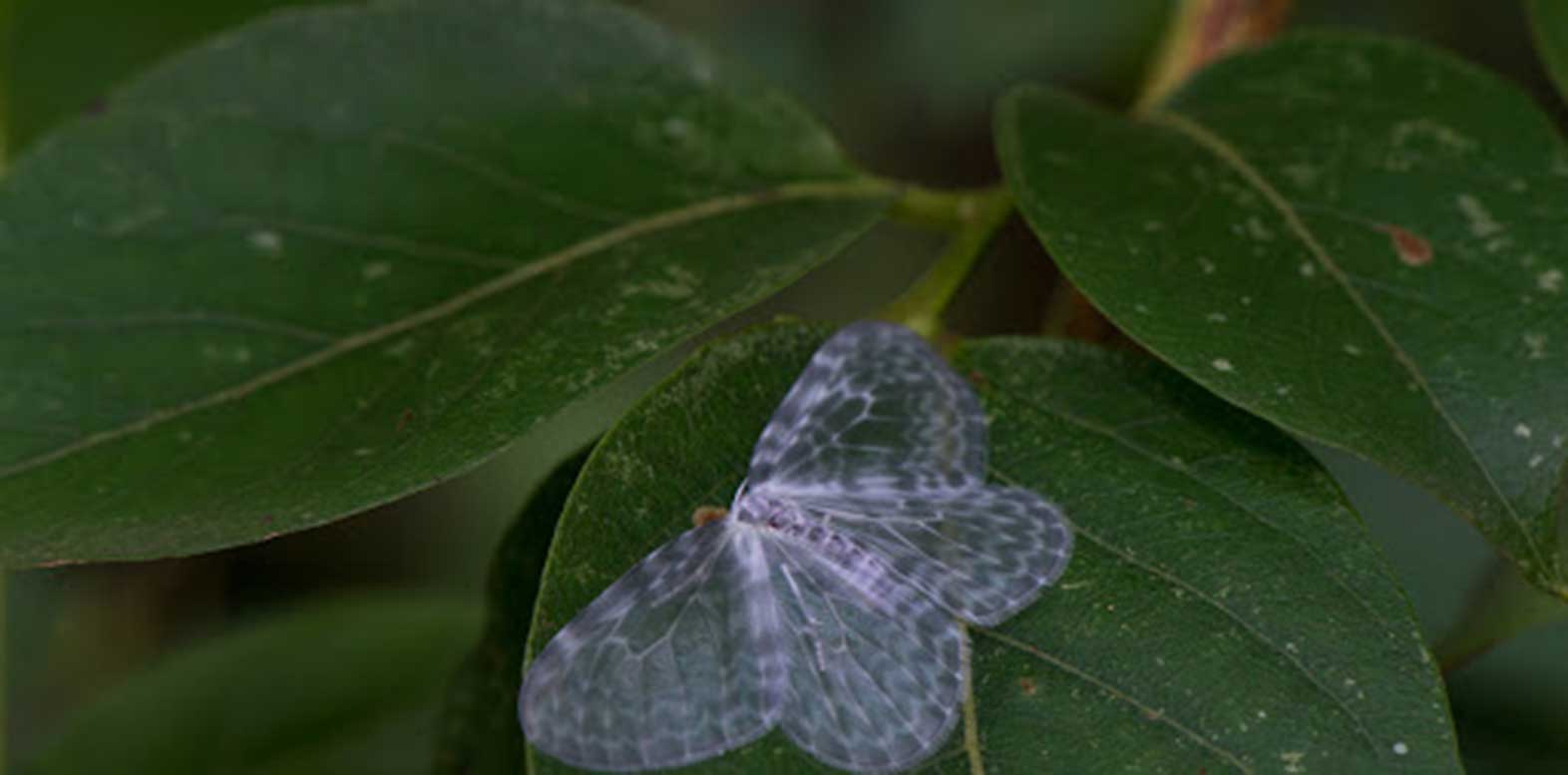
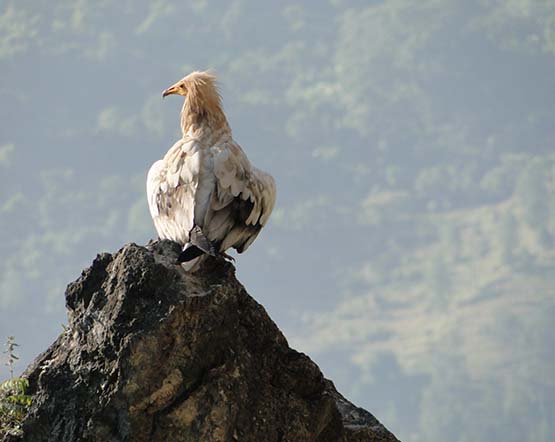
Binsar Wildlife Sanctuary is a world-renowned birding destination. Guests can enjoy endless hours of birding. The mixed forest of oak, rhododendron, cedar, cypress and other indigenous species attracts over 200 species of birds. Right from the beautiful call of the Blue Whistling Thrush at 4 am to the plaintive staccato of the Grey Nightjar at night, Pheasants, Raptors, Woodpeckers, Flycatchers, and more are seen in Binsar.
In the sanctuary, one gets to see Barking Deer, Fox, Porcupine, Flying Squirrel, Wild Boars and if one is lucky, one can also to see the apex predator, the Leopard!
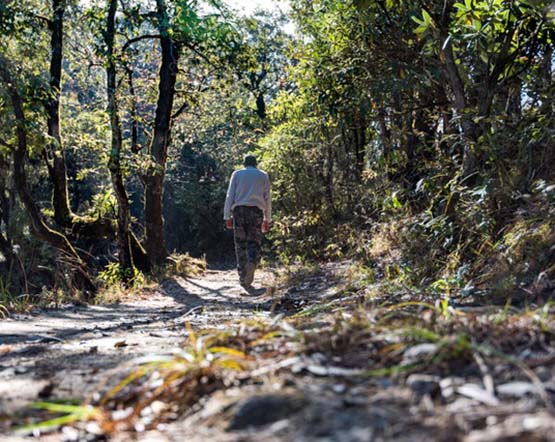
The forest trails and mountain paths around the Estate are a walker's dream. There are walks for both the serious hiker as well as the leisure walker. Let the fresh mountain air fill your lungs as you take in the spectacular views of the beautiful landscape. The Estate pampers you with sumptuous picnic baskets to keep guests in good spirits while they explore the forest and it's numerous trails.
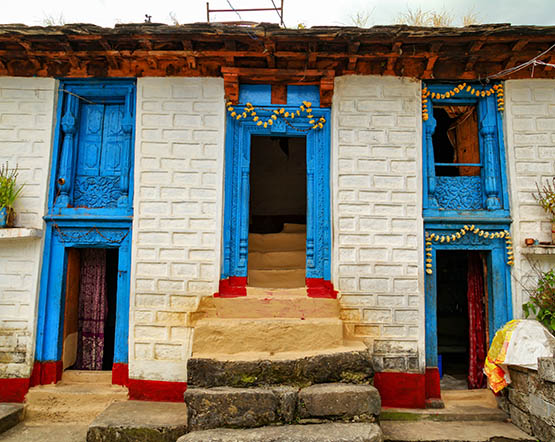
The villages in and around the wildlife sanctuary offer a glimpse into the lives of the hardy mountain people of Kumaon. The old ways of life have been preserved in these small rural communities. It is like taking a trip back in time. Guests can sample the local cuisine and enjoy the heart-felt hospitality of Kumaon while soaking in the customs and rituals peculiar to the region.
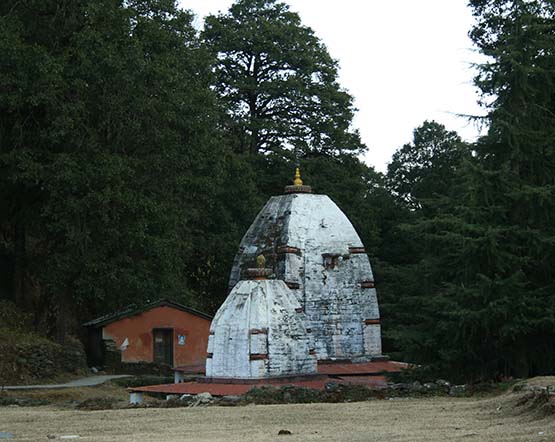
The local people of Uttarakhand are deeply devout and spiritual as seen by the numerous ancient temples across the landscape. It preserves the mythical stories connected to every rock, peak, river and village.
The prominent goddess of Hindu mythology 'Nanda' [widely known as Parvati, Gauri (brilliant), Uma (light), Kali (dark) and Bhairavi (terrible)] is believed to be born of Dakshyaprajapati, a King of Garhwal in ancient times. Highly
honored by the locals and widely popular ....
Festivals
JAN
Uttarayini falls in the middle of January and marks the beginning of the northward movement of the sun. People take ritual baths in rivers and streams and offer worship in temples. It is also celebrated as Gughutiya (Kumaoni for dove) or Kale Kauva (crow) because it is believed to signal the return of migratory birds to the region. Traditional sweets are prepared and strung together as necklaces worn by children. These sweets are also offered to the birds to the accompaniment of songs and music.
FEB
The festival of Basant Panchami celebrates the coming of the spring season. This festival, which also signals the end of winter, is generally celebrated during Magh (January - February). During this festival people worship the Goddess Saraswati, use yellow handkerchiefs or even yellow cloths and in a few places people put a yellow tilak on their foreheads. This festival also marks the beginning of holi baithaks.
MAR
The festival of Holi is usually celebrated in March. Although Holi is celebrated throughout India, the celebrations in Kumaon are very special. The festival is a riot of colours signifying the victory of good over evil. In Kumaon traditional songs based on the rich tradition of Hindustani Classical music are sung to mark the occasion. There are two variants of the celebrations: Baithki Holi and Khadi Holi. In Baithki the singers sit at a designated place and perform whereas in Khadi the troupe walks through the entire town or village. Organic colours derived from local flowers are used in the celebrations and delicious traditional food is prepared.
JULY
Falls in the month of July, Harela is believed to mark the wedding of Lord Shiva to Goddess Parvati. It also celebrates the coming of the rains. Stalks from freshly germinated seeds are tucked behind one's ears to propitiate a healthy harvest. Tree plantation is also carried out throughout the region on Harela.
OCT
In the month of October the symbolic victory of Lord Ram over Ravana is celebrated throughout India as Dussehra. The fortnight before Dussehra is marked by a daily theatrical performance or Ram Lila which depicts the ancient Indian epic, Ramayana. The Almora Ram Lila is particularly famous as a graceful assimilation of Kumaoni, Awadhi and Parsi theatre. The Dussehra procession of Almora is also a unique cultural event as dozens of demon effigies are carried through the town before being burnt.
NOV
The three-week-long Nanda Devi Raj Jat is a pilgrimage and festival of Uttarakhand in India. People from the entire Garhwal division-Kumaon division as well as other parts of India and the world participate in Nanda Devi Raj Jat Yatra. The goddess Nanda Devi is worshipped at dozens of places in Kumaon and Garhwal, but the region around Mt. Nanda Devi and its sanctuary, which falls in the Pithoragarh district, Almora district and Chamoli district, is the prime area related to Nanda Devi. In Chamoli, Nanda Devi Raj Jat is organized once in 12 years.
The Jat (meaning Yatra or pilgrimage) starts from Nauti village near Karnprayag and goes up to the heights of Roopkund and Hemkund with a four-horned sheep. After the havan - yagna is over, the sheep is freed with decorated ornaments, food and clothings, and the other offerings are discarded.
The fair started way back in the 16th century. According to legend, Raja Kalyan Chand initiated the fair. This cultural carnival is of immense religious and cultural significance. The term Nanda means prosperity and well being. If the Nanda Devi Mela is held with a great deal of pomp and grandeur, it symbolizes the economic and cultural prosperity of the region. People participate in the procession, which carries the dola (litter) of Nanda Devi. The goddess is devotedly worshipped in the temple.
This Raj Jat Yatra originates from Nauti village 25 km from Karnprayag in Uttarakhand. The Kunwar of village Kansua inaugurates the ceremony. Legend has it that Nanda Devi, consort of Lord Shiva left her village and went to the Nanda Devi parbat. Therefore, when the yatra starts, heavy rains occur as if the Devi is crying. This yatra covers many villages and in the way, the Devi meets her sister in Bhagwati village.
This journey is a difficult because of the rough terrain it goes through. During the journey, one passes a lake known as Roopkund where hundreds of ancient skeletons are immersed. According to local mythology, once a King took some dancers to this sacred spot. Due to heavy snowfall, the people were trapped and the dancers were transformed into skeletons and stones that can be seen in Patarnachonia. Another myth is this that king Yasodhwal's wife was pregnant and while she was giving birth to her child, her placenta flowed down to Roopkund and this in turn caused the death of the people there.